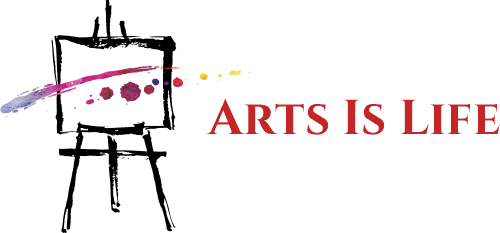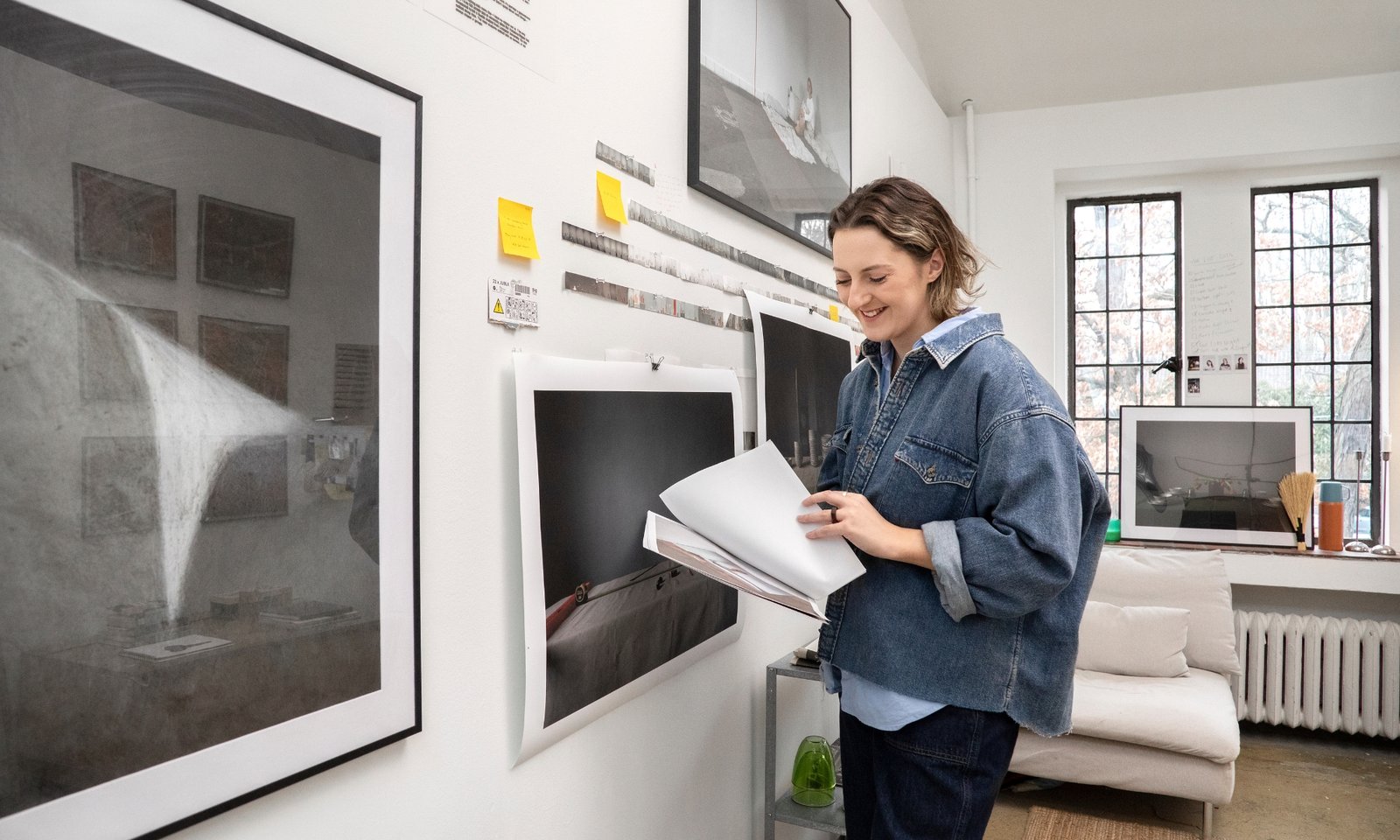Art vandalism — the act of superficially defacing famous paintings — became a hot topic in 2022 when it was reported that 38 environmental protests were staged in museums in many nations, including Australia. Despite the absence of data recording how many instances of art vandalism have occurred in the years since, it has continued as a practice but has attracted less media attention. Are you aware, for example, that on 10 May 2024 there was an attack on the protective glass case housing an original copy of the Magna Carta at the British Library?
Activism in general is always a deliberate and evolving set of practices undertaken by changing collectives committed to particular social and political causes. It is not a new phenomenon. Intent on disrupting normalised patterns of thinking, as well as the production and consumption of resources, protests are usually staged, swift, and performance-like.
As with all protest acts, the nature of art vandalism — though I prefer “art activism” as a less value-laden term — is continually transforming. This is because its success relies on its ability to generate shock and public outrage, either in favour of its cause or against its message or the methods it employs to make its point.
A sign for the Sackler Wing at the Metropolitan Museum of Art, New York City, on 28 March 2019, shortly after New York Attorney General Letitia James announced she was commencing legal action against members of the billionaire family for their role the nation’s opioid crisis. (Photo by Spencer Platt / Getty Images)
Art activism is employed by numerous causes, including feminism and the #MeToo movement. It has been a stalwart of groups seeking the repatriation of looted materials from colonial-legacy museums and reparations for historical slavery and disempowerment. It has also been a keen focus for activism against institutions that benefit from donors linked to fossil fuel, weapons production, and “big pharma” corporations — like the Sackler family trust, which has provided large-scale philanthropic funding to the cultural sector for many years.
In every instance of art activism, the choice of venue is as important as the identification of artwork to be targeted. Activists have targeted institutions around the world, and have contributed to the removal of the Sackler family name from galleries and donor walls in the Louvre, the British Museum, the Guggenheim, and the Victoria and Albert Museum. Climate action groups like Extinction Rebellion that made their reputation by unpopular and arguably higher-stakes disruptions of traffic or industry extraction sites, similarly recognise the effect of working in cultural spaces and have in recent years incorporated actions that target museums.
Another reason for targeting museums is because they engage with multiple publics every day. As “destination” places for tourists and part of the everyday fabric of life for people and the cities within which they are located, museums touch many people. From hosting exhibitions that inspire and educate, to providing a place to have lunch or buy a gift, and extending to their gardens that may offer protection, play or trade for people who will never enter the museum, gallery, library or archive, these institutions have broad reach.
Climate protesters hold a demonstration after throwing cans of tomato soup at Vincent van Gogh’s “Sunflowers” at the National Gallery in London, on 14 October 2022. (Photo by Just Stop Oil / Handout / Anadolu Agency via Getty Images)
In addition to drawing attention to practices of institutional inclusion and exclusion, a wider audience means broader circulation possibilities. In addition to being recorded and posted online by participants, actions are likely to also be captured by onlookers and distributed widely through social media channels and picked up by traditional news coverage and networks responsive to changing algorithms.
Beyond their public interface function, museums are instruments of taste-setting and class. They are well suited to calls for social justice, such as: “Let’s not let a privileged minority decide our future.” A similar point was made by the Just Stop Oil activists who threw soup on Vincent van Gogh’s painting Sunflowers at the National Gallery in London. The protesters said:
Van Gogh lived and died in debt. If he’d been alive today under [Boris Johnson’s Tory] government, he would have been one of those people who, this winter, would be forced to choose between eating or heating his home.
Despite only having been established in 2022, Just Stop Oil’s action of that same year has become synonymous with any discussion about art activism today. Their overarching protest was against the lasting damage caused by climate crisis and the complicity of national governments in this planetary catastrophe. However, a key element of the non-violent act of civil resistance undertaken in their and other actions was the intention to avoid damaging the painting. Activists consciously chose a national treasure that would attract attention and be covered by a protective glass or Perspex sheet. The artworks would remain safe and allow them to make the case that the protections afforded to works of art “have not been extended to most of our planet and nearly everyone living on it”.
A woman viewing the first official portrait of King Charles painted by Jonathan Yeo, on display at Philip Mould Gallery in London, on 16 May 2024. (Photo by Stringer / Anadolu via Getty Images)
Despite the predictable stream of actions against high profile artefacts of Western cultural heritage since 2022, I nearly choked on my breakfast when I saw that, on the Sovereign’s Birthday holiday of 11 June, the newly commissioned and unveiled portrait of King Charles had undergone something of a face lift when an image of Wallace and Gromit was pasted over the King’s head by activist group Animal Rising. A public holiday for the new Sovereign in most Commonwealth territories meant a quiet news cycle, and was thus the perfect opportunity for an action that would break through to a public tired of earnest copycat climate actions.
Want the best of Religion & Ethics delivered to your mailbox?
Sign up for our weekly newsletter.
The King’s portrait by Jonathan Yeo was controversial even before the excitement of the art action broke through the quiet of the public holiday. Its monumental scale and red background had been criticised as aggressive and holding too close to historical associations to blood, military actions, and the British Empire — all associations from which the current-day monarchy would prefer to distance itself. I had not been following the brouhaha surrounding this painting, but I immediately understood the value of Animal Rising’s stunt in returning art vandalism by climate activists to mainstream attention.
The difference between this action and those of its precursors was that this was hilarious. In an era where outrage is no longer enough to get attention, activists need different techniques. The image pasted over the Sovereign’s head was that of popular British icon Wallace, of Wallace and Gromit fame. When I was interviewed by local radio stations about why this fictional persona was selected by activists, I could only suggest that King Charles was a well-known fan of the stop-motion animation series and that perhaps we could compare our leading men as having similar physical characteristics. The painting was not damaged, no police charges were laid, and it was funny.
Photo released by Animal Rising showing activists pasting a picture of Wallace over a portrait of King Charles at the Philip Mould Gallery, on 11 June 2024. (Animal Rising via AP)
The popular and accessible humour of pasting a Wallace and Gromit reference over the painting’s protective covering provided the perfect way to demonstrate the absurdity of the original image. The portrait’s artist had reportedly represented the King’s longtime commitment to the environment and to the Royal Society for the Prevention of Cruelty to Animals — the RSCPA, of which he is the Royal Patron — by including a butterfly on his shoulder. However, this detail comes across as quite frankly ridiculous in context of the protest being made by the activists who wanted to highlight a damning independent investigation of 45 RSPCA endorsed farms that described their practices as “indefensible”. The group wanted a platform to show the King and the British public that animal farming is a huge contributor to the climate crisis. Accompanying the replacement head of Wallace, there is a speech bubble that says “No cheese, Gromit. Look at all this cruelty on RSPCA farms!”
Just Stop Oil activists target the “Rokeby Venus” by Diego Velázquez at the National Gallery in London, on 6 November 2023. (Photo by Kristian Buus / In Pictures via Getty Images)
But as I said at the beginning, art activism is never static, nor is it homogenous in its constituencies, causes, or methods. An interesting correlative to the targeting of King Charles’ portrait that used popular culture for effect, is the attack on 6 November 2023 of The Toilet of Venus, also known as The Rokeby Venus, which was painted between 1647 and 1651 by Diego Velázquez. This attack, in which the painting’s protective glass was hammered by the climate activist group Just Stop Oil to protest the UK government’s oil and gas licensing, revealed both an understanding of art historical and social movement practices.
Taking a different tack from comrades who first targeted Sunflowers, this action by the same group is drawing on a new genre of art historical and museological knowledge to which they have contributed in order to argue their point that:
Politics is failing us … If we love history, if we love art, and if we love our families, we must Just Stop Oil.
It is the second time this famous painting has been targeted by social activists. The first attack occurred in 1914 when suffragette Mary Richardson slashed the canvas to protest the imprisonment of fellow campaigner, Emmeline Pankhurst.
Despite the inevitable differences that a century brings, the targeting of art works and cultural institutions as sites of controversy or for the purposes of political and social protest is testament to the ongoing role that museums play in the continuous negotiation of national histories and cultures. Setting aside any examples that cause physical damage or pose a risk to people in the vicinity — actions that are not to be condoned — the fact that people are invested in their civic environments, and in performing their political engagement, is healthy for democracy and good news for museums.
Against the view that museums or the arts are or should be apolitical, art activism makes the point that our national treasures and institutions have always been sites of power and that in democratic societies we all have an obligation to participate thoughtfully in debates over our collective futures.
Kylie Message is Professor of Public Humanities and Director of the Humanities Research Centre at the Australian National University. She is the author of books including Museums and Social Activism: Engaged Protest, Collecting Activism, Archiving Occupy Wall Street, and Museums and Racism.










